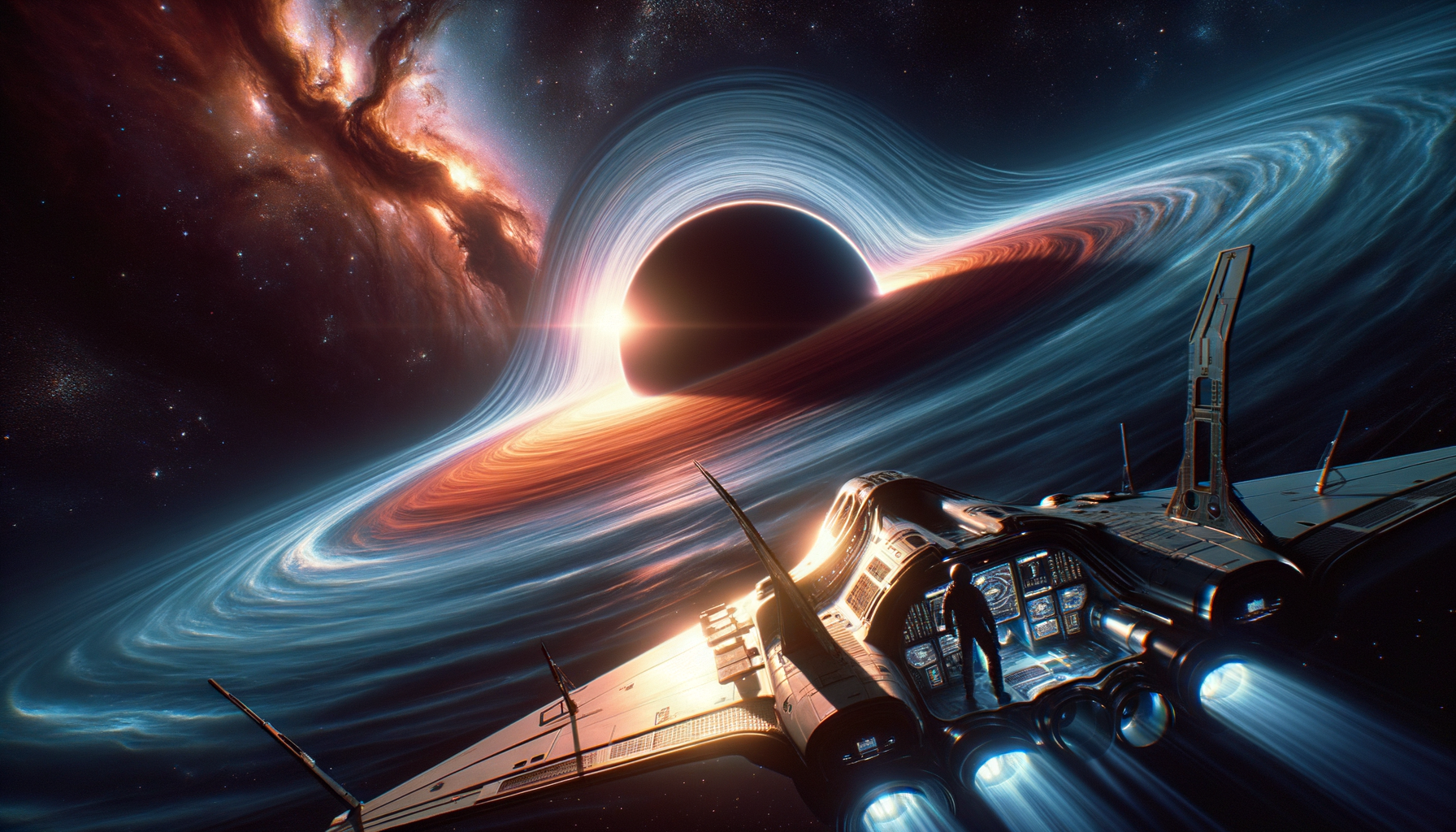“Interstellar,” directed by Christopher Nolan, reaches ambitiously towards the cosmos with its expansive narrative but stumbles over its own ambition. By interlacing themes of disaster, familial bonds, and the intricacies of time, the film tries to craft a profound cinematic experience. However, the weight of these themes may keep it grounded instead.
A Cinematic Space-Time Machine?
In “Interstellar,” we see a film engaging with heavy concepts like humanity’s survival post-eco-collapse, guided by unexplained supernatural forces. The narrative’s backbone follows a mission to find new living planets, exploring time paradoxes along with mysterious phenomena associated with black holes. While the premise is grand, the execution feels like riding an unwieldy vehicle with too many parts to function smoothly.
| Theme | Description |
|---|---|
| Environmental Collapse | Earth’s bleak future and the search for survival possibilities. |
| Supernatural Guides | Beings with unclear origins leading humanity’s fate. |
| Space Exploration | The mission to find habitable planets across galaxies. |
| Time Paradoxes | The fascinating yet confounding concept of time bending near black holes. |
Stellar Cast Struggles Under Character Constraints
Featuring the talents of Matthew McConaughey and Jessica Chastain, the film has potential. Yet their characters are caught in a whirlwind of emotion that lacks depth. The father-daughter dynamic, meant to be touching, instead feels formulaic and strained by predictable emotional beats.
A Galaxy of References and Redundancies
Science fiction is full of iconic moments, and “Interstellar” unabashedly nods to many classics, notably “2001: A Space Odyssey” and “Gravity.” However, while these references create resonance, they also highlight the repetitive nature of the film’s innovation. Nolan’s repeated nods to his own “Inception” feel redundant, sacrificing originality for comfort.
| Reference | Inspiration |
|---|---|
| 2001: A Space Odyssey | The philosophical exploration of space. |
| Gravity | Realistic depiction of outer space challenges. |
| Inception | Handling complex concepts of time and reality. |
Nolan’s Tryst with Time and Space
Christopher Nolan has long been a director fascinated by the fluidity of time, using it as both a theme and a narrative device. His exploration into how time interlinks with human emotion and experience is evident throughout his work, from “Memento” to “The Prestige.” In “Interstellar,” he continues this exploration, yet the multitude of timelines and realities feels more convoluted than captivating.
When Grandeur Meets Imbalanced Execution
The film engages with deep concepts, from survival amidst global collapse to philosophical discussions on humanity’s place in the universe. Yet, many of these issues are touched upon rather than explored in depth. Sentimentality latches onto the storyline, creating an imbalance between spectacle and substance, leaving the audience craving a more impactful story.
An Over-the-Top Example of Blockbuster Cinema
Within the landscape of big-budget cinema, “Interstellar” represents Nolan’s attempt to push boundaries while operating within a commercial framework. Together with directors like David Fincher, Nolan knows how to navigate the system, delivering visually and thematically ambitious work. With “Interstellar,” however, the endeavor slips into excess, prioritizing grand visuals over coherent narrative cohesion.

